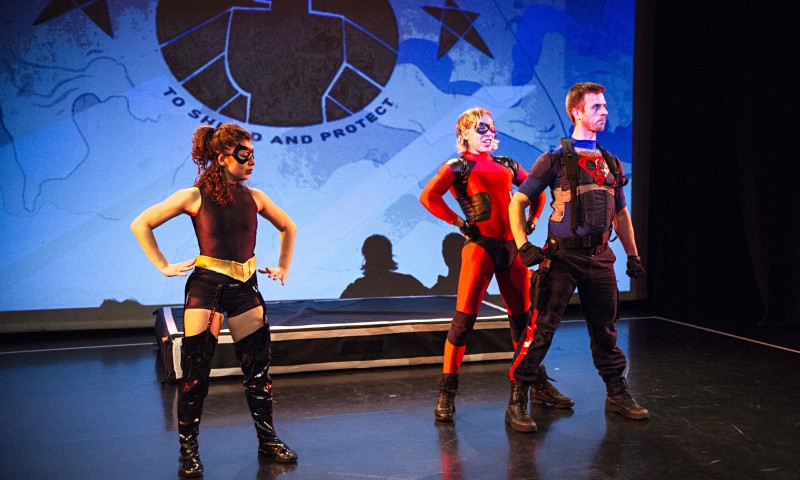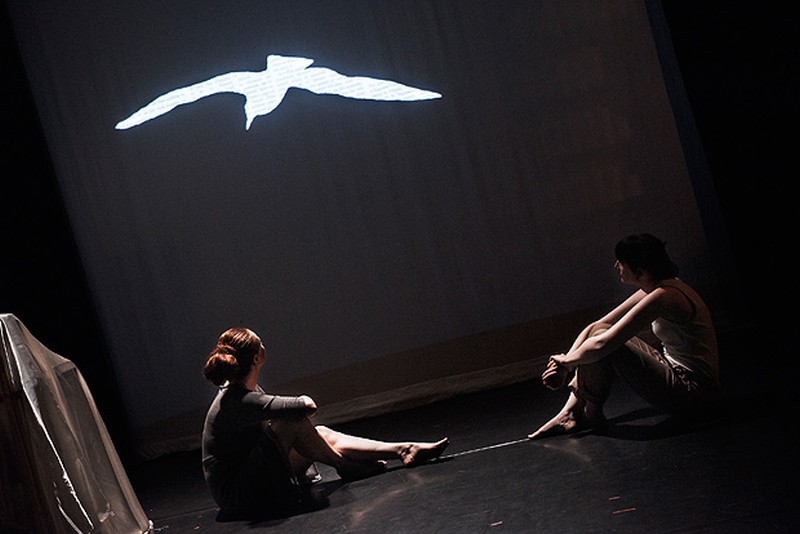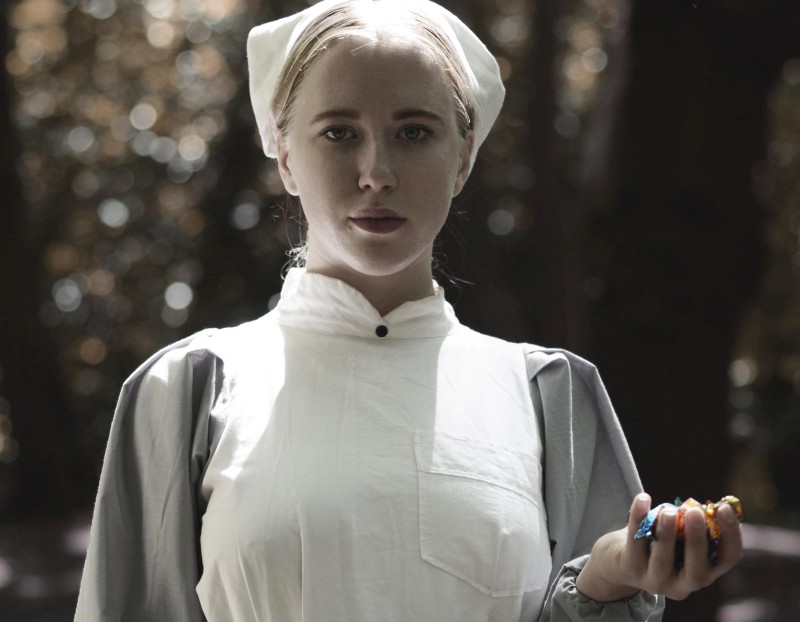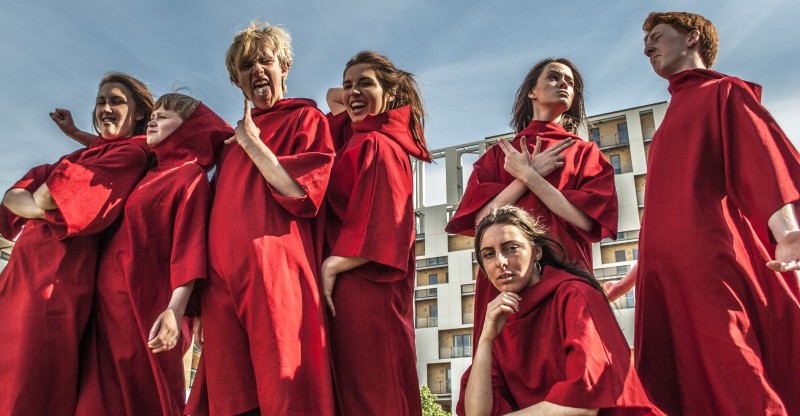 The full title of the show, A Young Man Dressed as a Gorilla Dressed as an Old Man Sits Rocking in a Rocking Chair for Fifty-Six Minutes and then Leaves… 7, is an entirely accurate and literal description of this performance, which was fascinating, hypnotic, and frustrating all at once. Now in its seventh year, the concept seems to have something of a cult following, attracting a highly interactive and enthusiastic audience who become the performance by providing the entertainment as the gorilla continues to rock and rock. I have to admit that I couldn’t quite stomach the experience to the end, though was lucky to escape without the jeers that many other spectators faced from an audience intent on keeping everyone in the room!
The full title of the show, A Young Man Dressed as a Gorilla Dressed as an Old Man Sits Rocking in a Rocking Chair for Fifty-Six Minutes and then Leaves… 7, is an entirely accurate and literal description of this performance, which was fascinating, hypnotic, and frustrating all at once. Now in its seventh year, the concept seems to have something of a cult following, attracting a highly interactive and enthusiastic audience who become the performance by providing the entertainment as the gorilla continues to rock and rock. I have to admit that I couldn’t quite stomach the experience to the end, though was lucky to escape without the jeers that many other spectators faced from an audience intent on keeping everyone in the room!
What started out for me as humorous, ridiculous and intriguing, with subtle audience comments and occasional interactions where the braver members approached the stage to try to interact with the gorilla, quickly became a platform for those who liked attention and their angry detractors, and this as much as the content made my frustration build. Some comments were highly amusing, including the man who suddenly announced twelve minutes in, ‘Ah, I get it now!’ and another dressed as a superhero who repeatedly gently straightened the gorilla’s cap, all to rapturous applause.
In terms of a being a study of crowd mentality the concept is interesting, although of course we have to take into account that this is a fringe crowd, which judging by many of the production t-shirts on display, seemed to consist of a lot of young performers, and those who seemed to know what to expect as they had bought along props and sound effects (a banana was a touch of simple genius which received a warm response!). In all, this was definitely (and literally, as it is only performed once) a one-off performance and I can very much see why its unique nature appeals, but after thirteen days at the Fringe, when I close my eyes I can still see that gorilla rocking and I’m not sure if that’s a good thing!




